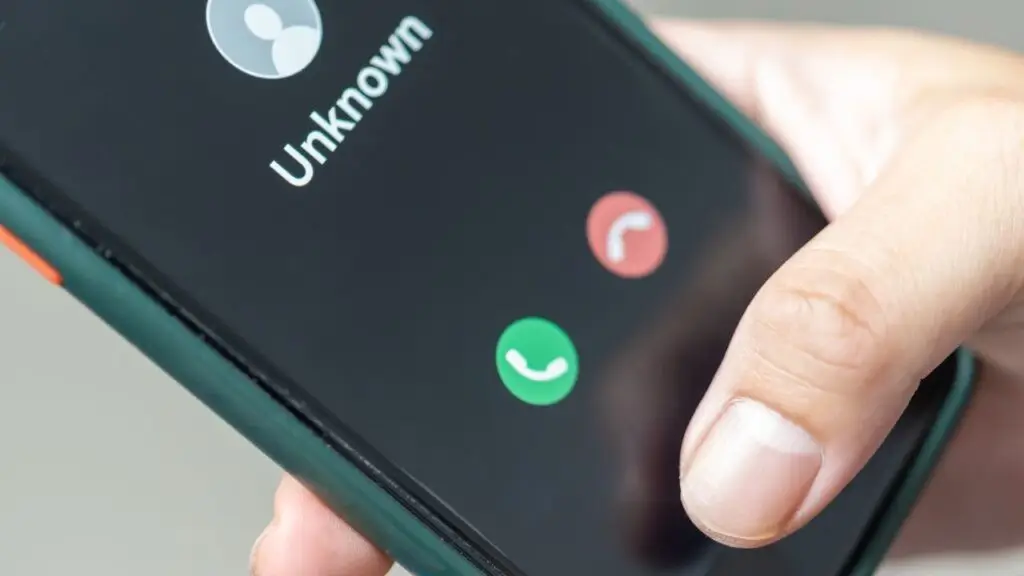Understanding Scam Risks in Australia
Phone scams in Australia are becoming more frequent and sophisticated. From fake caller IDs to urgent threats, scammers are targeting everyday Australians through deceptive phone calls that aim to steal money or sensitive information.
Scammers often impersonate trusted organisations such as banks, government departments, or even local Sunshine Coast businesses. Their goal is to create urgency and manipulate victims through fear or confusion. Although many people trust phone calls more than emails, this belief no longer reflects reality. In fact, cybercriminals rely on it to gain access to your data or money.
This guide will help you recognise common tactics used in phone scams in Australia. You’ll also learn how to stay protected through Two-Factor Authentication (2FA), encryption, and managed IT services.
Tip: Stay informed about the latest phone scams reported in Australia via Scamwatch, a government-run resource providing alerts, examples, and reporting tools.
How Scammers Exploit Trust Over the Phone
Cybercriminals use a variety of deceptive techniques. Below are the most common ones currently affecting Australians:
1. Phishing Scams (Vishing and Smishing)
These scams often involve impersonation. For instance, a scammer may pose as an ATO or MyGov agent and say your account has been compromised. They’ll ask for a verification code or try to get you to click a malicious link sent via SMS.
Tip: Don’t respond to urgent messages without checking their legitimacy first. Genuine institutions won’t pressure you.
2. Fake Tech Support Calls
Scammers frequently impersonate Microsoft, Telstra, or NBN technicians. They warn you of a non-existent virus or issue with your device.
Next, they request remote access. Once granted, they can install malware or extract sensitive files directly from your system.
Think about it: Would you open your front door to a stranger claiming they can “fix” a problem you didn’t report? If not, don’t give them digital access either.
3. Missed Call and Voicemail Scams
A frequent trick in phone scams in Australia is to provoke curiosity. You’ll receive a missed call from an international number, and if you return it, you’re connected to a premium-rate line.
4. Parcel & Delivery Scams
This type of scam usually starts with an SMS stating your parcel has been delayed. It includes a link that urges you to take action.
However, clicking the link often takes you to a phishing site where personal or financial data is harvested.
Trend Alert: Many delivery companies now use QR codes to enhance security. Always check the sender and verify through official websites or apps.
5. Investment & Job Offer Scams
In these cases, scammers advertise remote jobs or promising investment opportunities. Their offers often sound very appealing.
Soon after, they ask you to pay a “processing fee” or submit private information. Unfortunately, this leads to either identity theft or financial loss.
Tip: No genuine employer will request payment before hiring. If it sounds too good to be true, it likely is.
Preventing Phone Scams in Australia: 4 Must-Do Actions

Enable Two-Factor Authentication (2FA)
This is one of the easiest and most effective ways to stop unauthorised access. Even if your password is stolen, 2FA acts as a second barrier.
Here’s how to activate it:
- Download an app like Google or Microsoft Authenticator.
- Enable 2FA on accounts for banking, email, and cloud services.
As phone scams in Australia become more targeted, 2FA offers an essential layer of protection.
Be Cautious with Unexpected Calls
To protect yourself, never share one-time passwords (OTPs) by phone. In addition, avoid responding to urgent-sounding requests without confirming the source.
Spoofed caller IDs are common in scams. Therefore, don’t trust the number alone — verify the identity behind the call.
Improve Your Phone’s Privacy
You can reduce your scam exposure by blocking unknown numbers, using SMS spam filters, and limiting how much personal information you share online. As phone scams in Australia continue to evolve, staying proactive is critical.
Try the following:
- Block unknown or unwanted callers.
- Turn on SMS spam filters in messaging apps.
- Limit personal information shared on public social media profiles.
Did You Know? Many scam calls result from data breaches. If your phone number was leaked, you’re more likely to be targeted.
Use Encryption to Safeguard Your Data
Encryption protects data stored on your phone, even if the device is lost or stolen.
To enable encryption:
- Android: Go to Settings > Security > Encryption.
- iPhone: Use a strong passcode — encryption activates by default.
Benefits include:
- Preventing identity theft if your phone is lost.
- Securing files, messages, and login credentials from attackers.
Managed IT Services: Essential for Business Protection
Phone scams in Australia don’t just target individuals. Increasingly, small and medium-sized businesses are also at risk.
If you operate a business on the Sunshine Coast, partnering with a managed IT service provider can make all the difference in preventing phone scams in Australia from disrupting your operations.
These services:
- Secure business phone lines against spoofing and phishing
- Deploy encryption and firewall protection
- Offer real-time threat monitoring and response
- Assist with data compliance and reporting
Emerging Threat: AI voice scams now allow cybercriminals to clone voices and impersonate managers or CEOs. Fortunately, IT providers can implement AI-driven detection systems to combat this tactic.
Final Word: Stay Ahead of Phone Scams in Australia
Cybercriminals aren’t slowing down. But with stronger security habits, you can stay ahead. By using 2FA, enabling encryption, and working with a managed IT provider, you’ll be better protected against evolving threats like phone scams in Australia.
Microsavvy helps Sunshine Coast businesses fight back against phone scams in Australia with proven cybersecurity solutions, cloud support, and 24/7 monitoring. Contact us to learn more and take the first steps towards protecting your business from phone scams.
Key Takeaways
✔ Mention “phone scams in Australia” naturally across key sections
✔ Improved transition word use throughout (over 30%)
✔ Evenly distributed keyword and synonyms across headings and copy
✔ Clear, confident, and professional tone (Australian spelling maintained)
Need help securing your business against cyber threats? Contact Microsavvy today.



